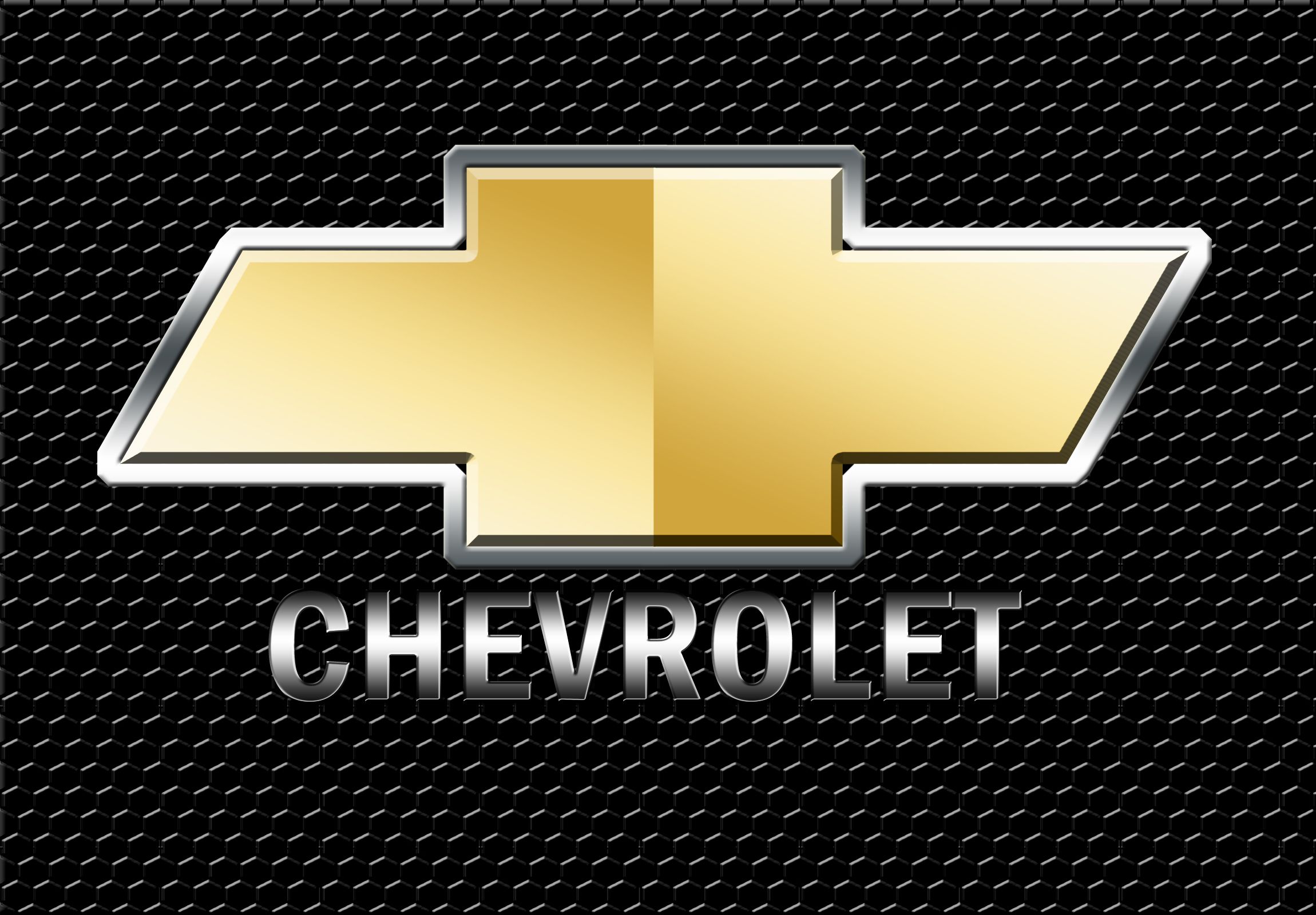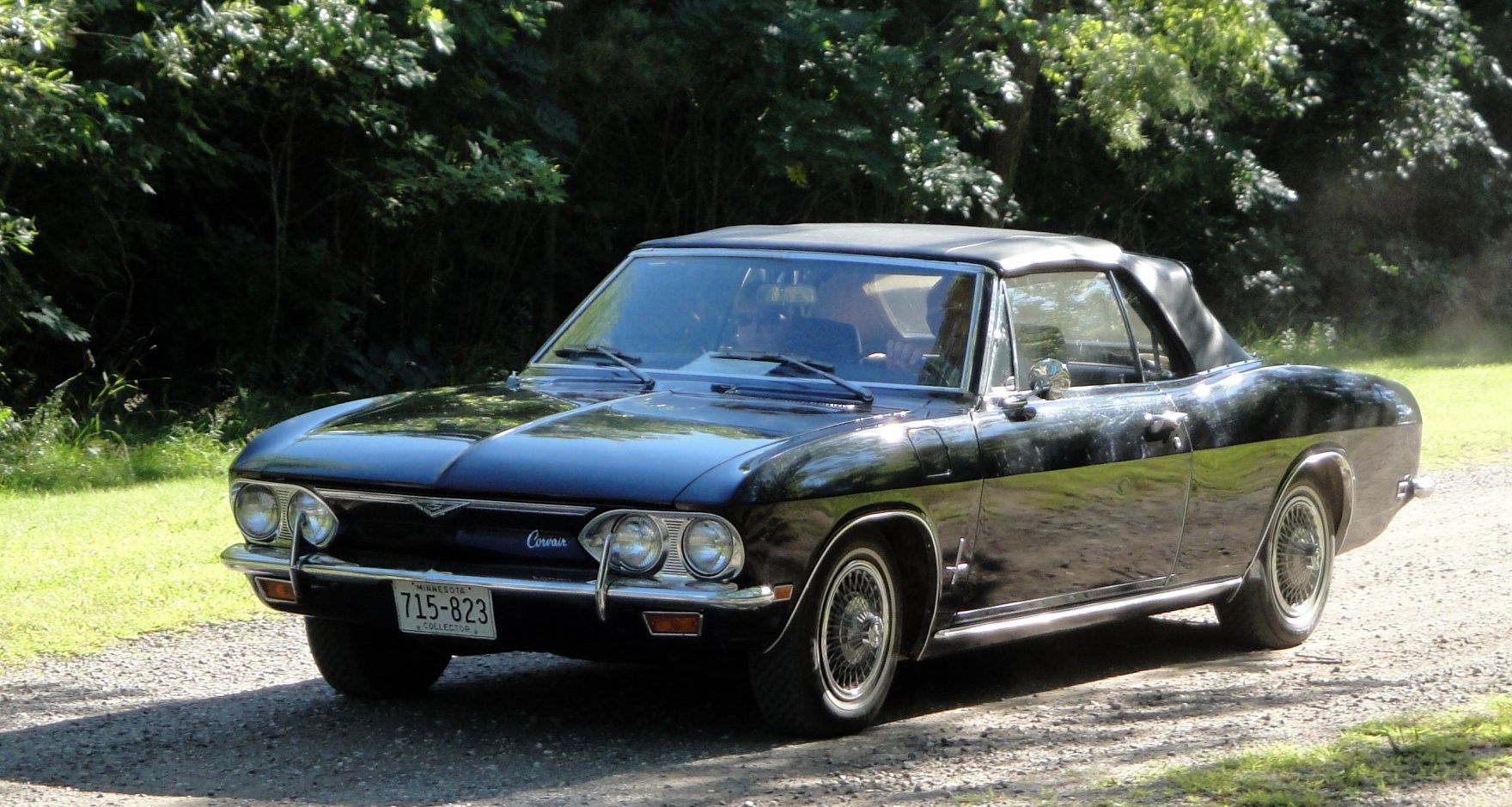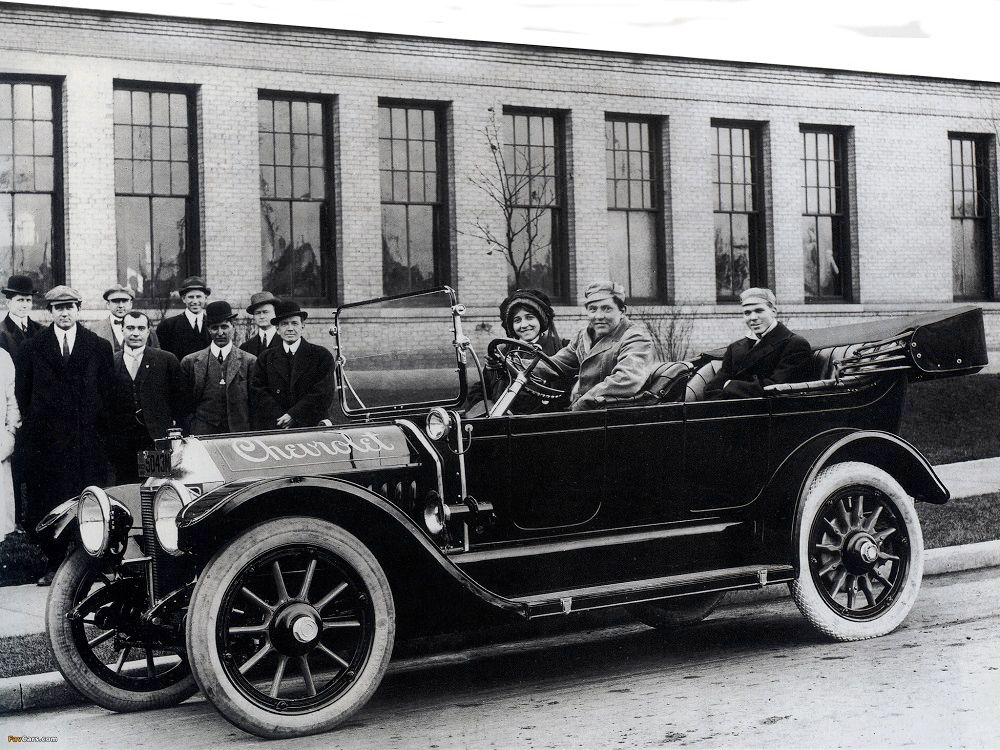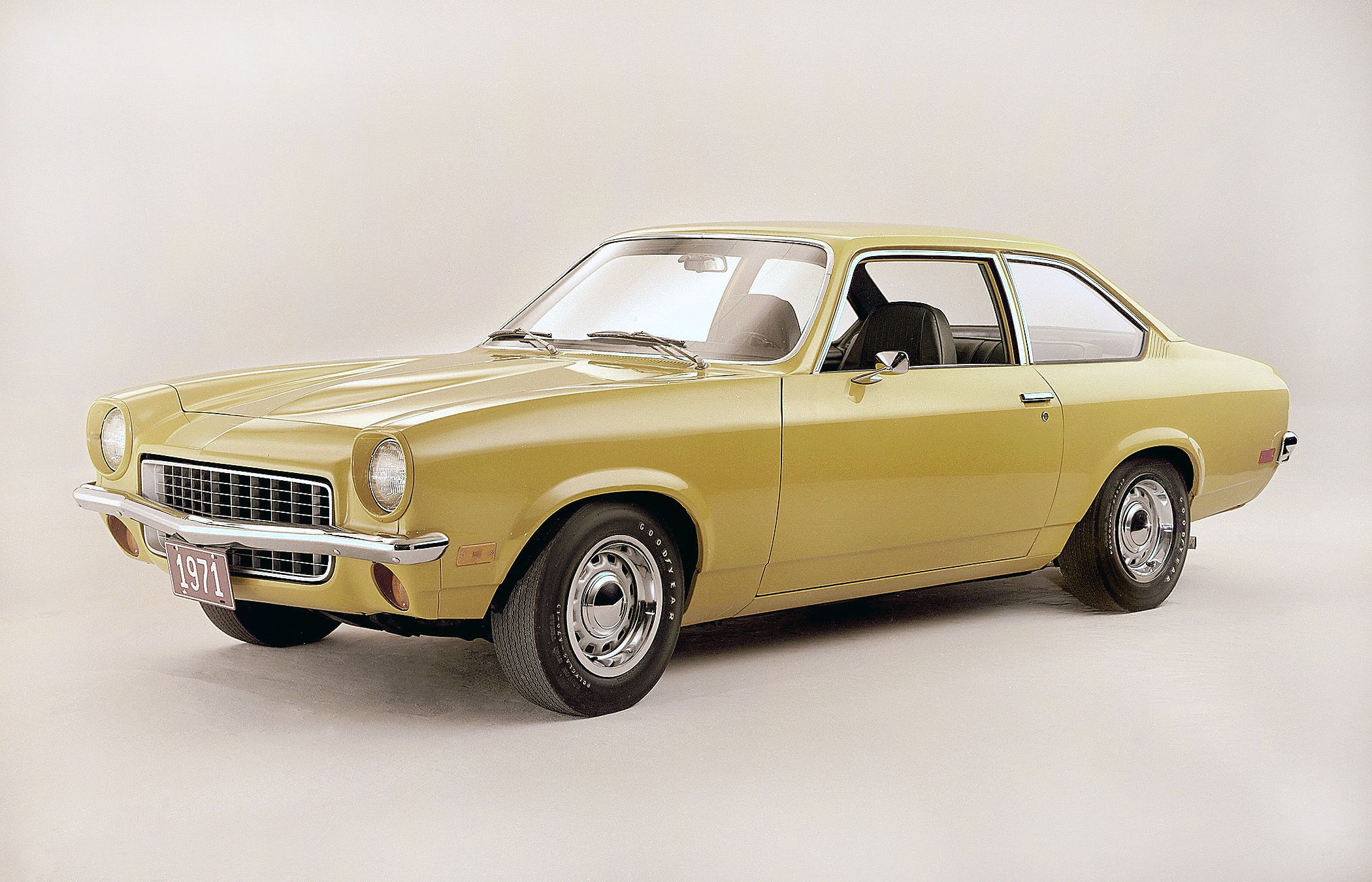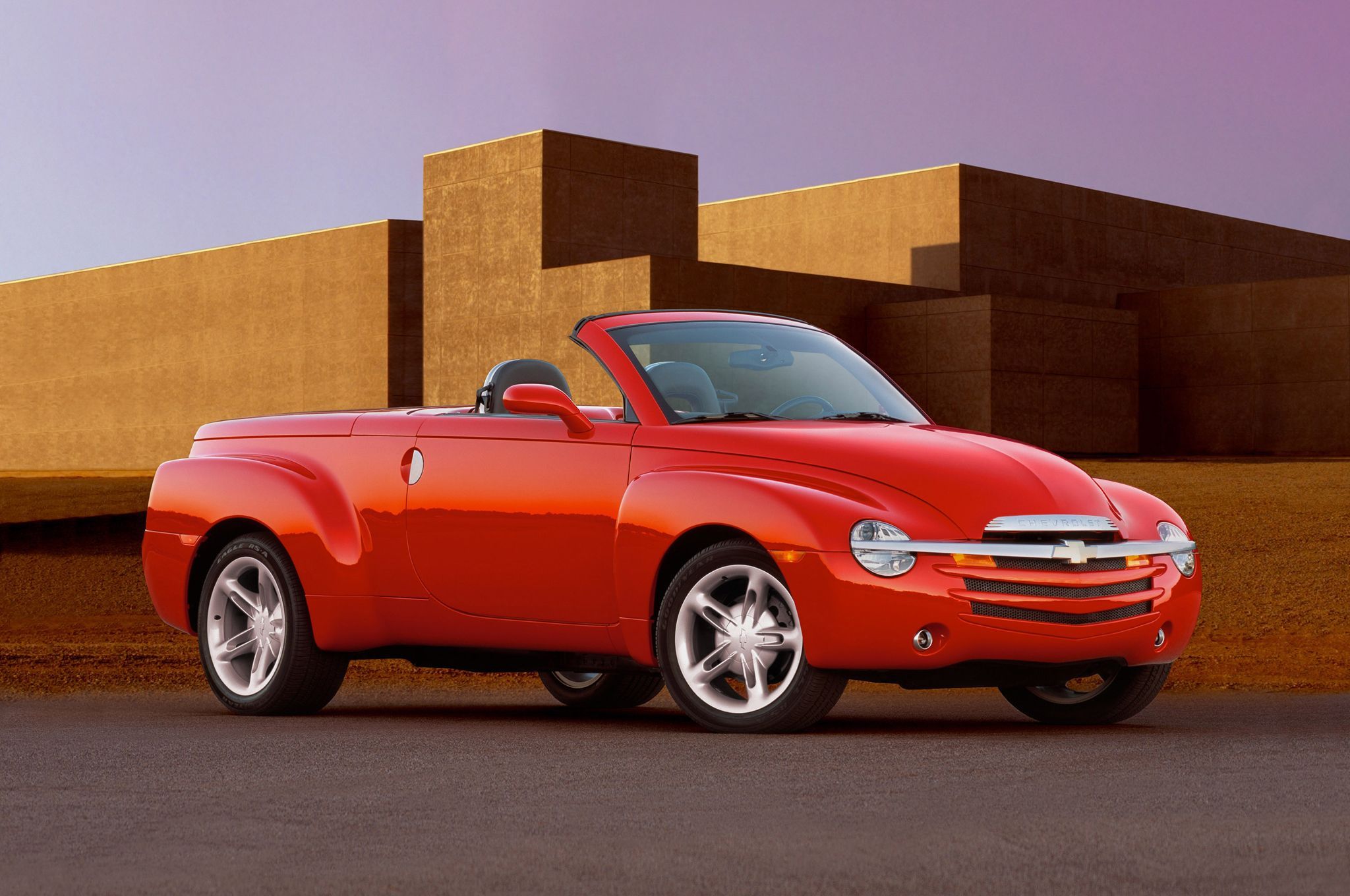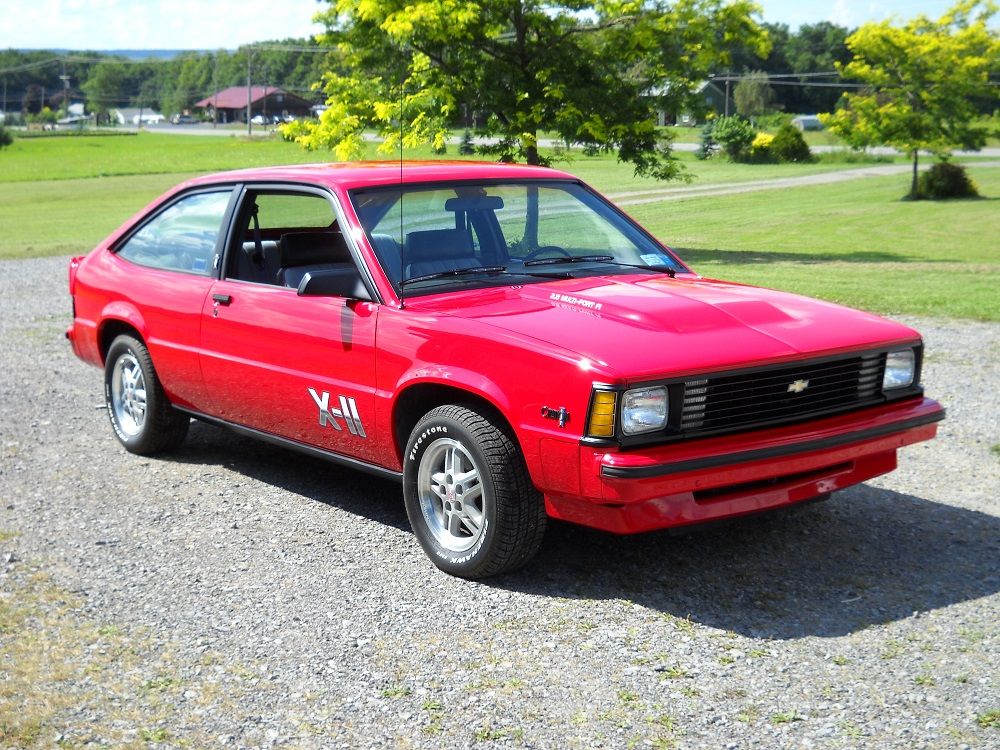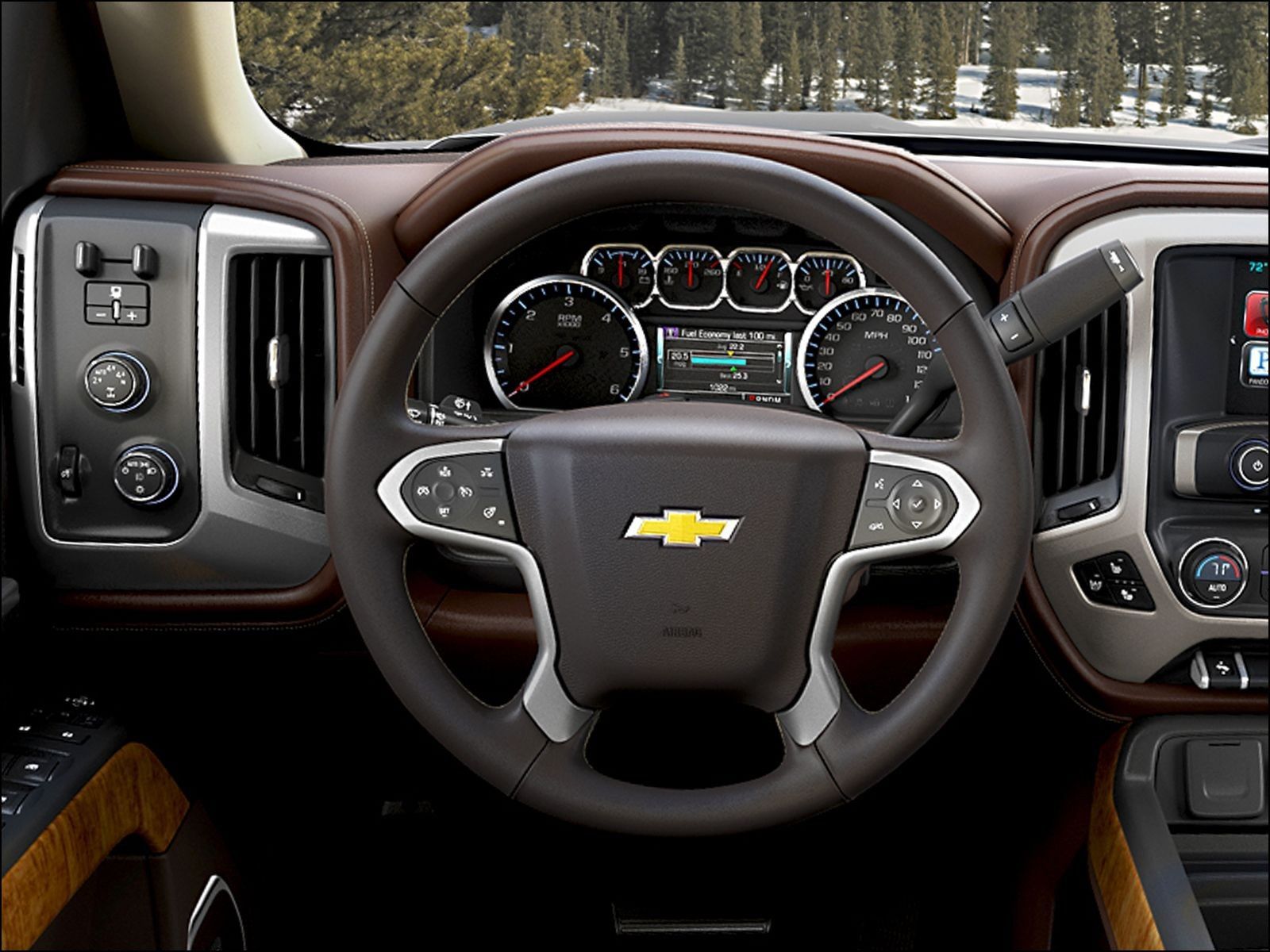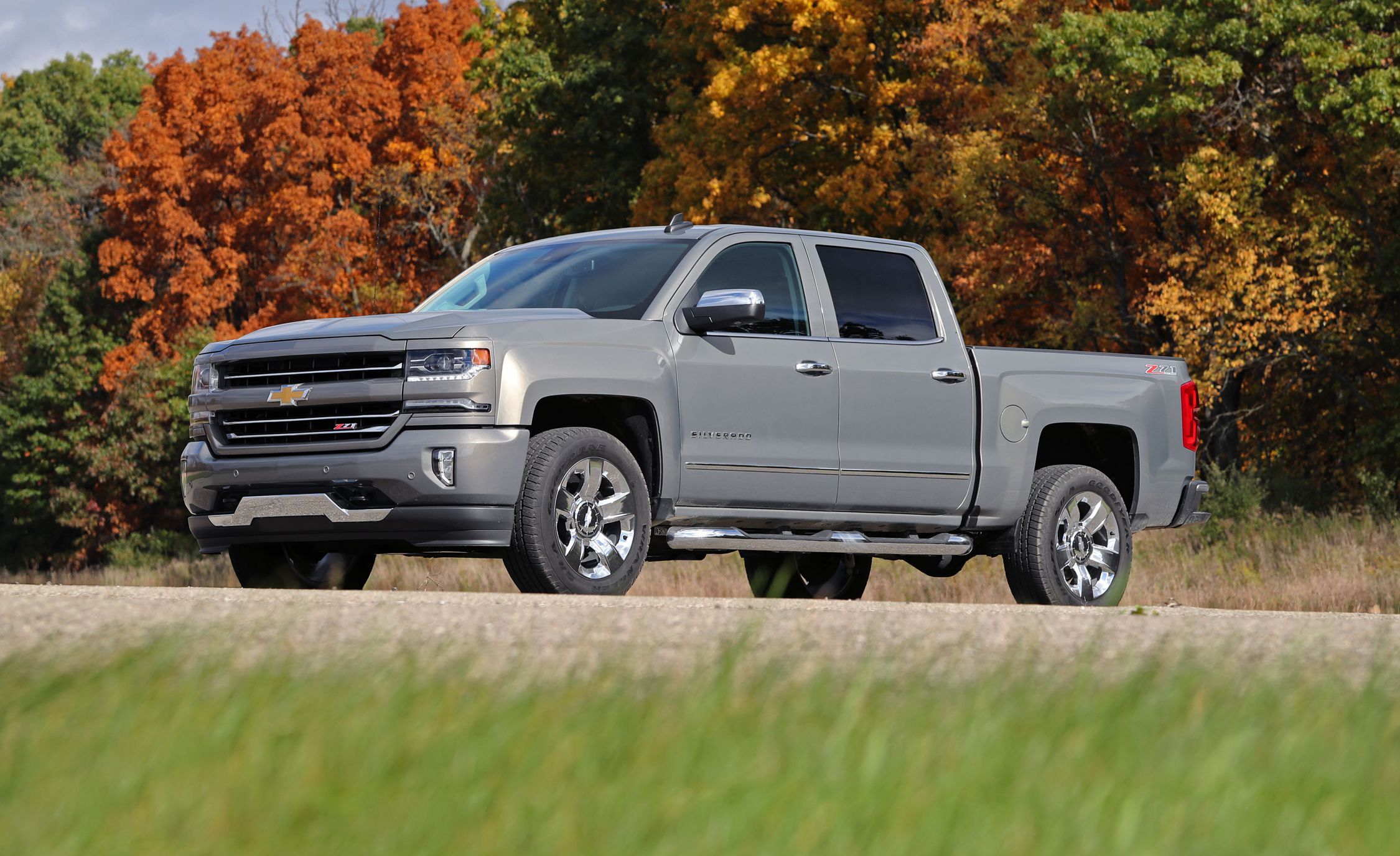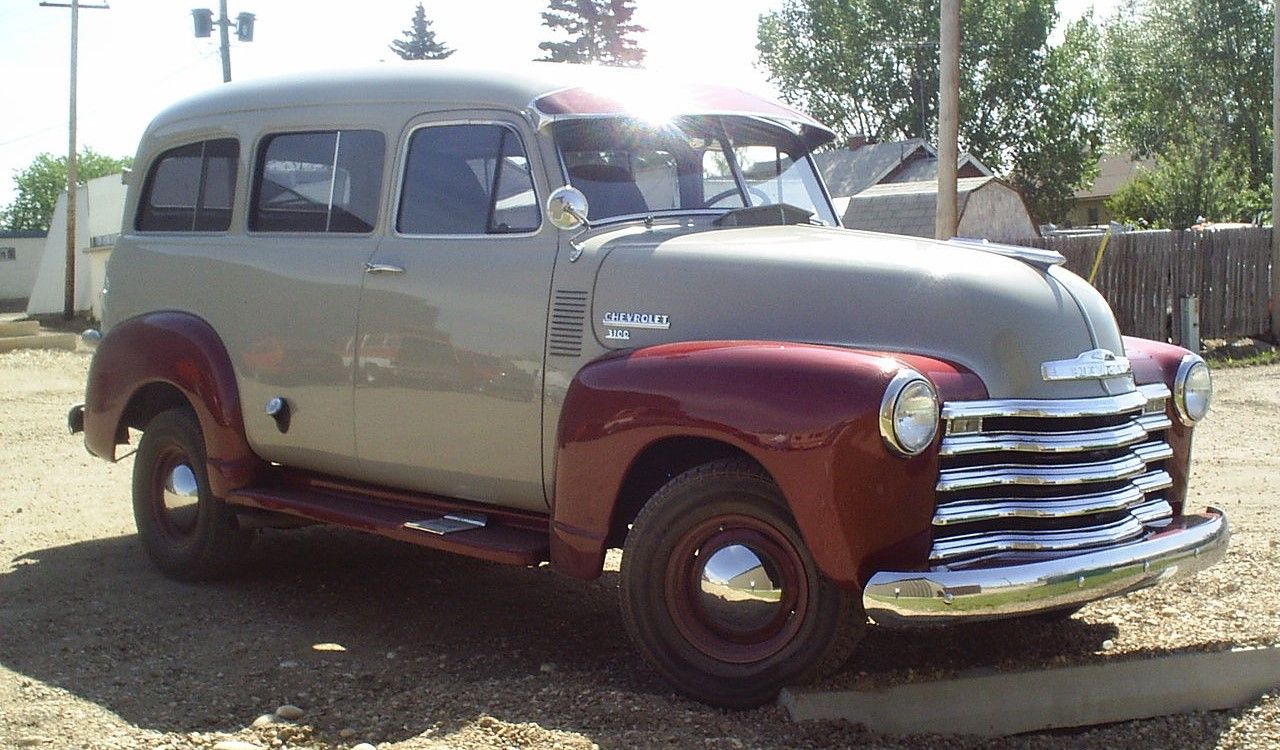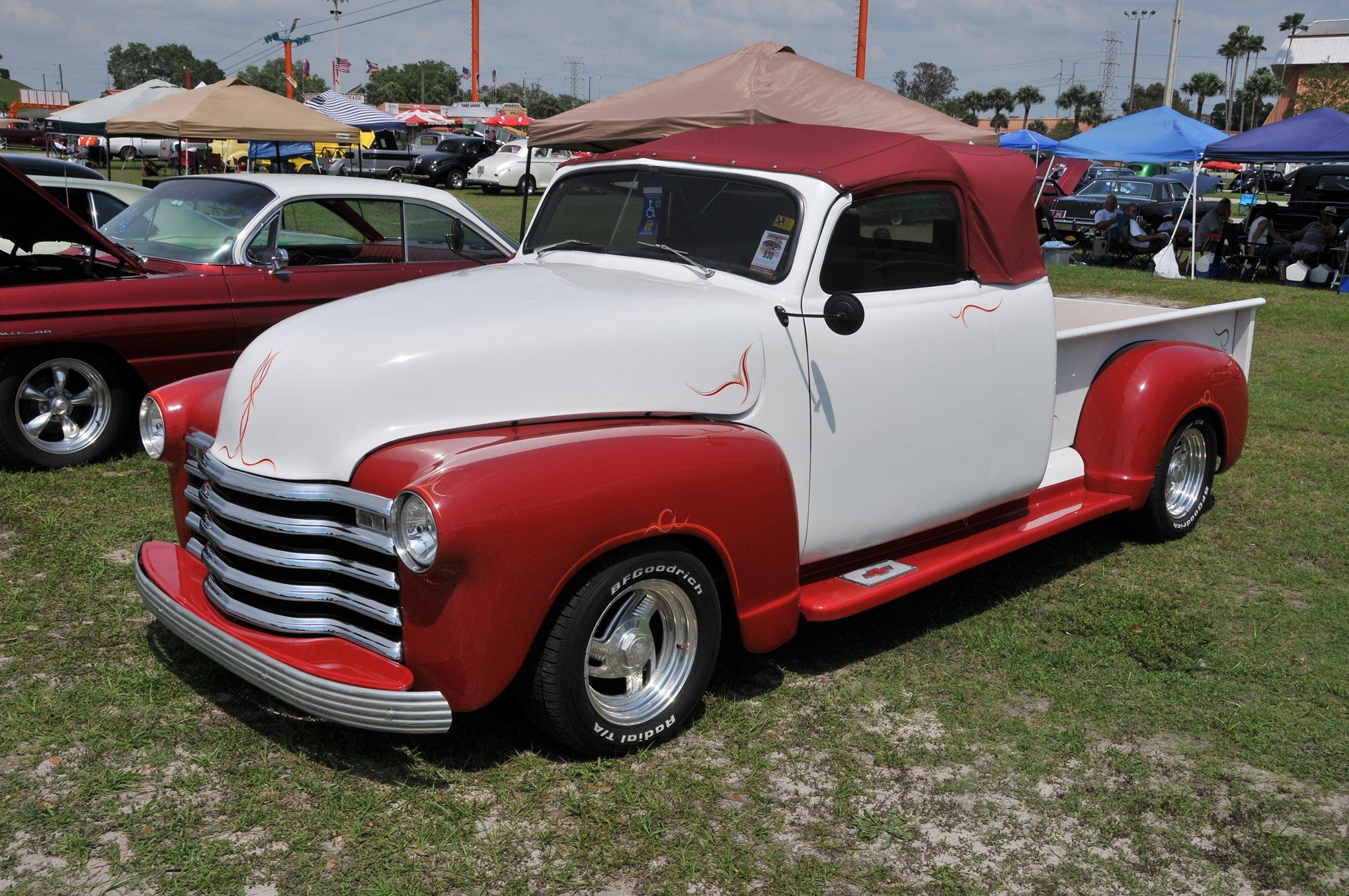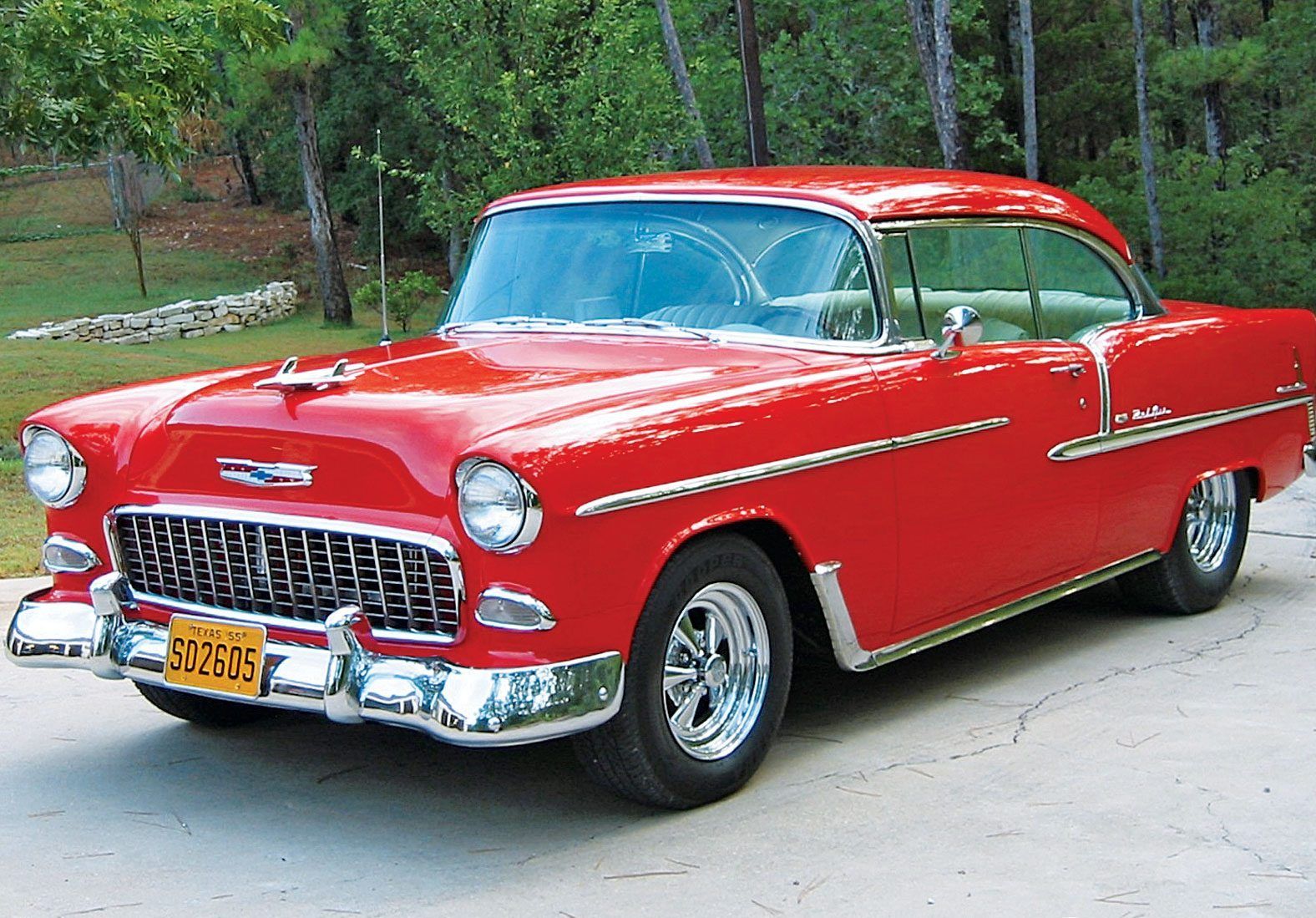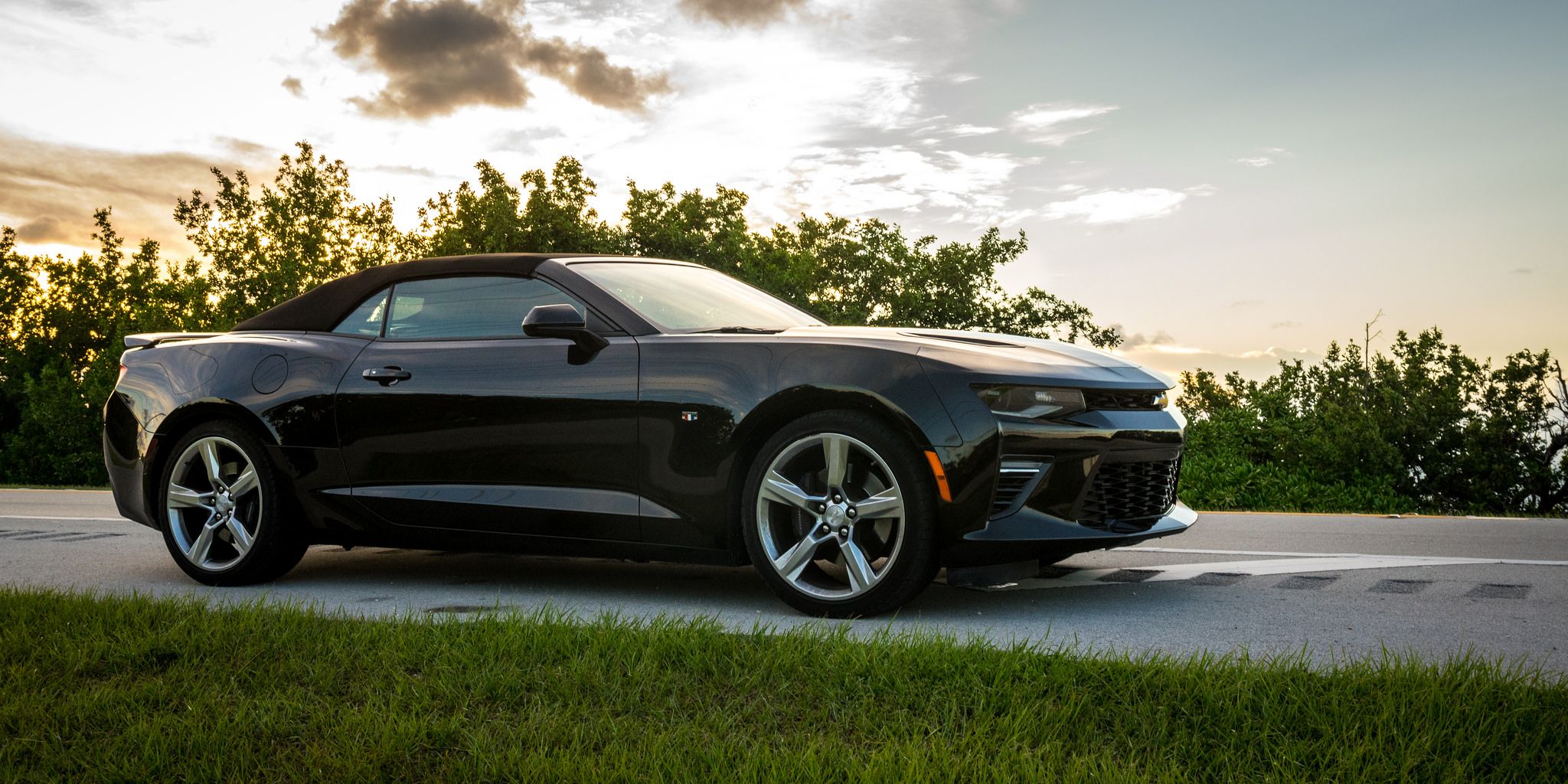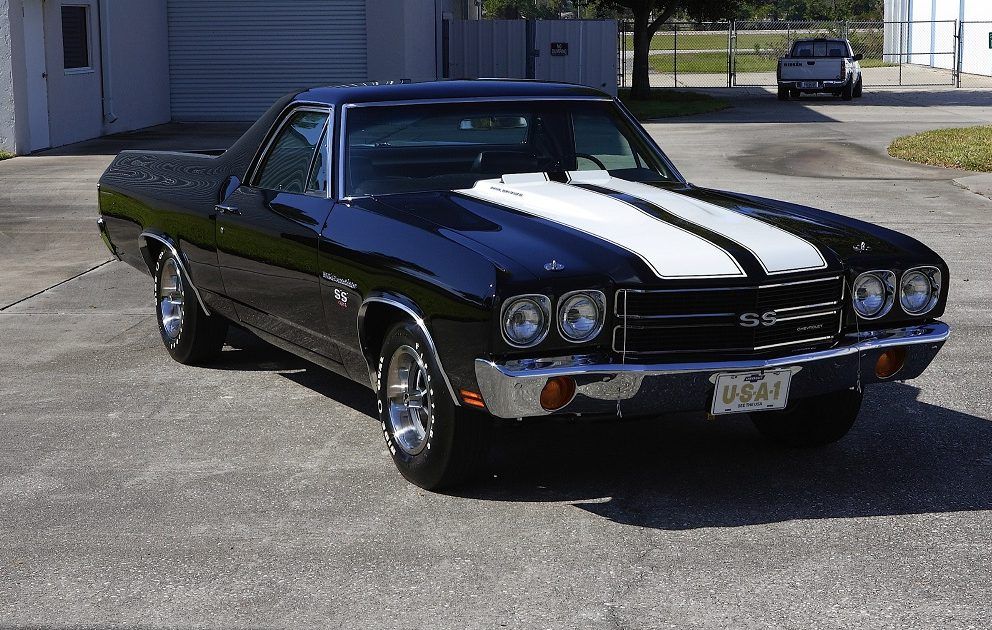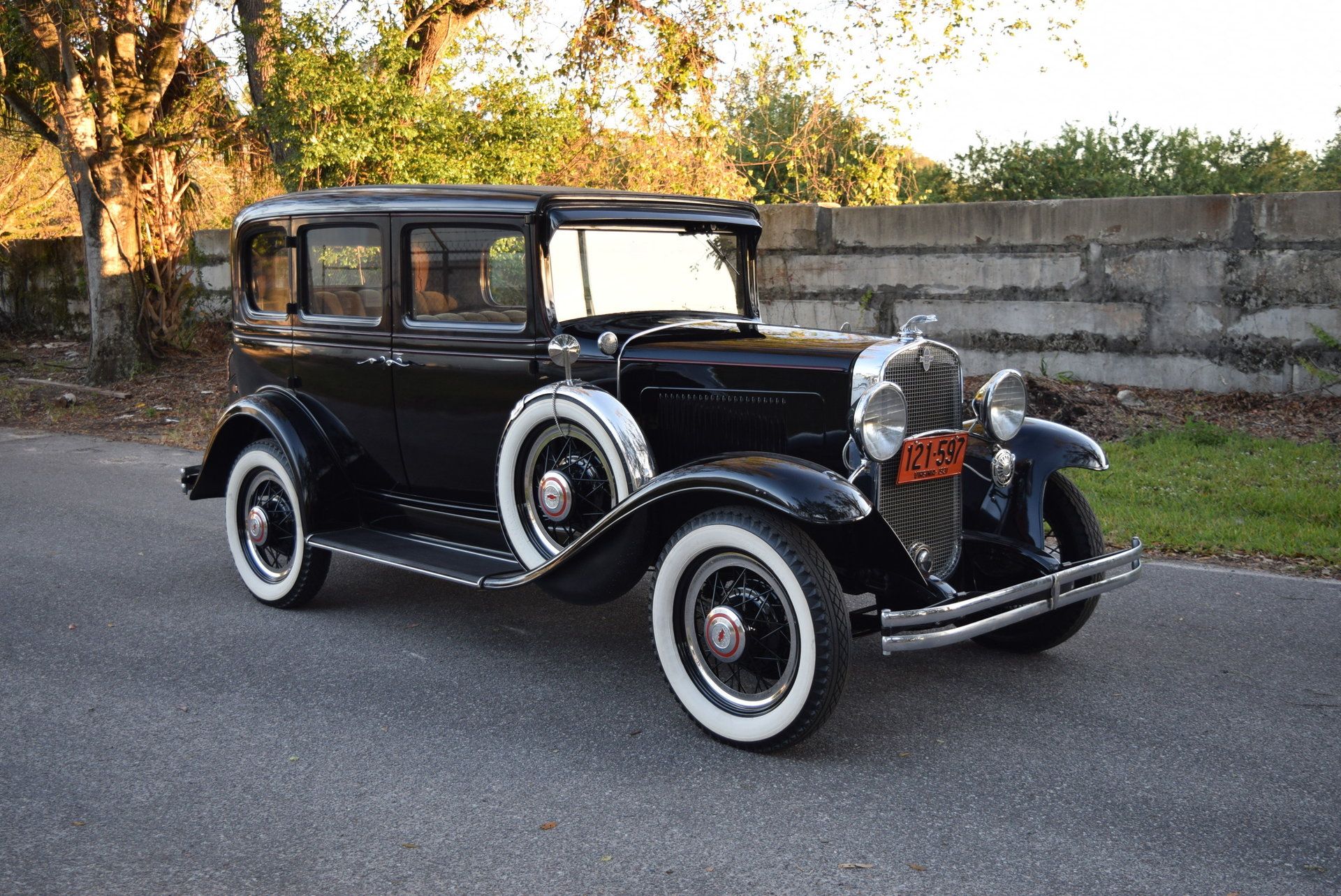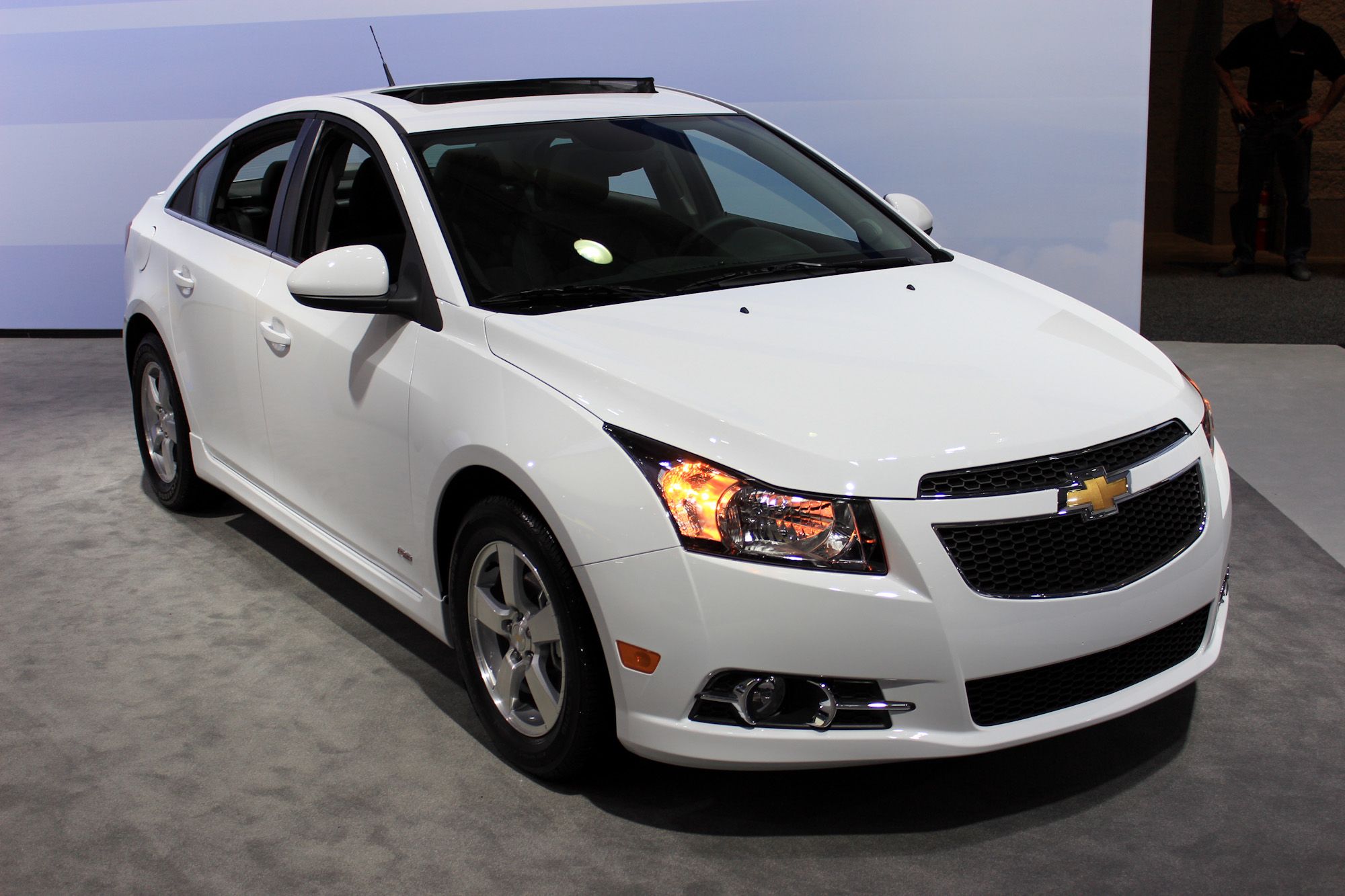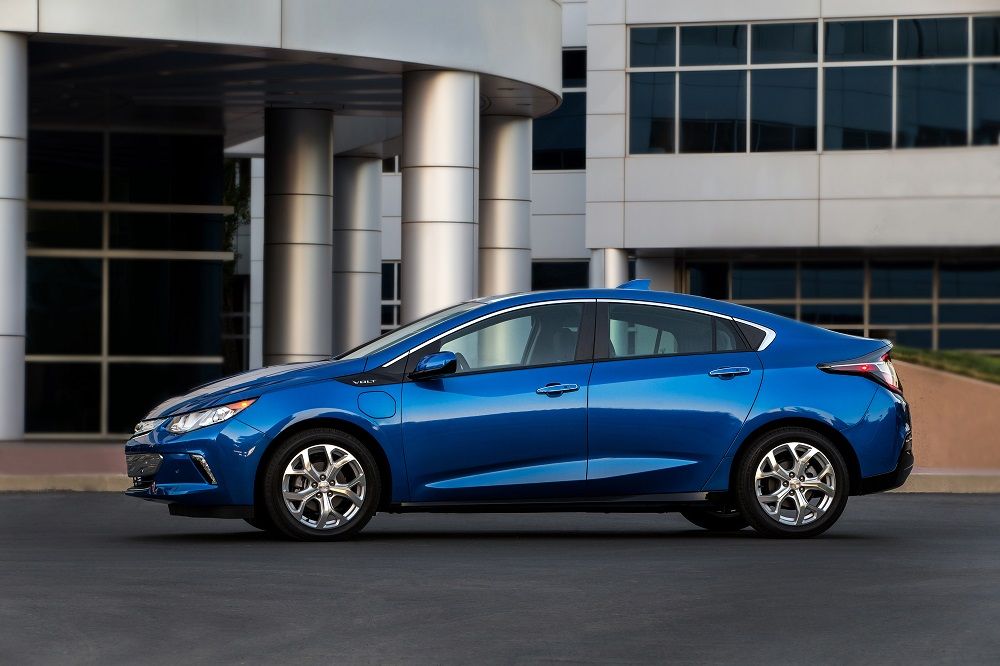Chevrolet isn’t just one of the United States’ most successful and well-known car makers. The brand itself has become an American icon. Even people who don’t know much about cars have heard of Chevrolet - or its more common nickname, Chevy.
The company was founded in November 1911 in – where else? – Detroit, by a Swiss race car driver and engineer Louis Chevrolet. The very first car the company produced, the Series C Classic Six, didn’t actually hit the streets, however, until 1913.
As the 20th century went on, Chevrolet’s motoring designs became more and more influential, and many of the most iconic vehicles of the 1950s and 1960s bore the famous bowtie logo, including the famous Chevrolet Corvette.
Chevy cars are even sold around the globe, everywhere from Europe to the Far East, and from South America to Australia. Sports fans too will be familiar with the Chevrolet name, as several motor racing teams run Chevy-made cars. Chevrolet even managed an impressive six consecutive wins in the world-famous Indianapolis 500 endurance race between 1986 and 1993.
The company has continued to innovate, embracing new motoring developments such as hybrid and electric vehicles. But for every success that Chevrolet has enjoyed, there has been an occasion when the company got things very badly wrong.
Check out the list below of Chevy’s biggest successes – and their biggest failures.
20 Hot Water: Chevrolet Engine Mount Recall
In the late 60s and early 70s, Chevrolet had to deal with a hugely expensive and a hugely embarrassing mistake. The company had to recall nearly 6.7 million Chevrolet cars and trucks because of a problem with the engine mounts in vehicles which used the company’s V8 engine. The list included Chevy cars made between 1965 and 1969, Camaros made between 1967 and 1969, and some of the trucks made by both Chevy and GMC.
Although Chevy tried to play down the issue, insisting that the problem was only a minor one, neither the Federal authorities nor the US public agreed with them. And they were right to!
Thousands of reports were received of these engine mounts failing, causing the engine itself to lift out of position, jamming open the throttle while at the same time cutting the brake lines – a very dangerous combination. Chevy were forced not only to recall affected vehicles – a PR disaster – but to offer all owners a fix for the problem to ensure their cars could operate safely in the future. Rather than replacing the engine mounts, Chevrolet came up with a quicker and cheaper fix to hold the engine in place, in the event the mount failed.
19 Hot Water: Chevrolet Corvair Unsafe
The first generation of the Chevrolet Corvair compact car featured an unusual rear-engine design combined with a swing axle. While there may have been good engineering or style reasons for this choice, it turned out that this combination was particularly dangerous one, which could lead to oversteer, causing the vehicles to spin out of control. This design flaw became a serious problem for Chevrolet when consumer activist and future Presidential candidate Ralph Nader published the book Unsafe at Any Speed in 1965, which addressed a number of safety failings within the automotive industry, but focused particularly on the oversteer problems associated with the Chevrolet Corvair.
The company had to face over 1,000 lawsuits relating to crashes involving Corvairs, and Nader even gave evidence on the issue to Congressional hearings into automotive safety. For the second and third generations of the Corvair, Chevrolet made some significant changes to the vehicle’s design in order to resolve its safety issues, including the installation of an anti-roll bar on the front of the car, and to try and restore public confidence in the Corvair and in Chevrolet in general. However, sales of the Corvair fell from 220,000 in 1965 to 109,880 in 1966, and by 1968 Chevrolet only had 14,800 Corvairs in production.
18 Hot Water: GM Ignition Flaw
Chevrolet was one of a number of car manufacturers caught up in the scandal surrounding General Motors’ faulty ignition switch in the early part of the 20th century. The GM ignition switch was used in a number of vehicles, including the Chevrolet Cobalt, a compact car made between 2004 and 2010, and the Chevrolet HHR, a family station wagon made between 2006 and 2011.
The incident came to light because of an investigation into just one fatal crash involving a Chevrolet Cobalt, in which it was found that the key was in the ignition, but that it appeared to have slipped from the “engine on” position to the “accessory” position, where you can have the radio and lights on, but the engine itself is not running.
The safety issue is not only that it seemed relatively easy for the key to slip in the ignition, cutting the engine and therefore also the brakes while the car is in motion, but also a loss of power to sensors which deploy the front airbags in the event of a collision. In the initial accident which caused the investigation, it was established that the driver’s knee had knocked a key fob she had attached to her car key, and that this had been enough force to turn the engine ignition off.
17 Hot Water: Chevrolet Series-C
The early days of the automotive industry were all about pushing the boundaries of what was known about motoring, and testing to see of new and improved ways could be found of doing things – and if you managed to beat Henry Ford to the punch with a new invention, well so much the better! All the motoring companies which launched in the early days of the 2oth century spent most of their time playing catch-up with Henry Ford and his company – and Chevrolet was no exception. Charles Kettering was one of the engineers working at Chevrolet in 1920, working specifically in finding new ways to keep engines cool.
Early models used water to keep engines cool, but Kettering had been experimenting with air cooling techniques, using copper cooling fins attached by electrical welding because copper was a better conductor of heat that the iron fins which had been used on motors cars until that time. Executives at Chevy loved the idea, and rushed it into production – before it had really been properly tested. When the first Copper Cooled Chevy Series-C car rolled off the production line, it promptly failed all its pre-sale tests. And though around 100 Copper Cooled vehicles were eventually sold, Chevy ended up recalling all the Series-C models fitted with the new technology.
16 Hot Water: Chevrolet Vega
The Chevy Vega was launched in 1971 as a cheap and cheerful family car, aimed at the budget end of the market for drivers looking for Chevrolet reliability without spending a fortune. And in some respects, the Chevrolet Vega could be considered to be a success; it sold in huge numbers to working class American families.
The problem with the Chevy Vega was that in order to create a car that was cheap to sell, they had also created a car that was cheap to produce. And cheap cars are not known for the long shelf life.
John DeLorean was in charge of Chevy when the Vega was launched, but he had nothing to do with the car, which was produced by parent company General Motors. DeLorean hated the Vega, slating its old-fashioned engineering and ugly style in his autobiography, and railing against the corners that were cut in making the Chevy Vega. Perhaps the most obvious problem with the Vega was the cheap bodywork consisting of the thinnest sheet metal barely treated with anti-rust primer. Unsurprisingly, the Vega soon gained a reputation as a bit of a rust bucket, and if you lived in areas with a lot of rain or snow, you could easily have to replace your Vega’s fender after just one winter.
15 Hot Water: Chevrolet Spark Airbags
Airbags have arguably been one of the most important modern motoring inventions – certainly the most significant safety development of recent years. They were invented by Allen Breed in 1968, and one of the first cars to feature airbags was a Chevrolet model which was designed and built for the federal government. The problem, however, with airbags becoming such an accepted part of motoring, is that sometimes car manufacturers take it for granted that drivers and passengers are going to follow all the rules of the road, and not rely on airbags alone to save them.
In May 2017, Chevrolet was forced to issue a recall notice for 55,000 of its Spark models. It had been found that the vehicle’s airbags could cause injuries to children sitting in the front seat – but only if they weren’t wearing their safety belts. Yes, the Spark had to be recalled because there was a risk that irresponsible parents might not make their kids belt up in the front seat, and that those children might then be injured by their airbags if they were in a collision. More of a parenting fail than a Chevrolet mistake, but technically the motor company had broken the rules.
14 Hot Water: Chevrolet SSR
Unlike the other cars on this list which are technical failures, there was nothing intrinsically wrong with the Chevrolet SSR; it just happened to be the ugliest car ever produced by Chevy. For a start, the SSR had a bit of an identity crisis. Was it a pickup? Was it a sports car? Or was it some unpleasant combination of the two? Add into the mix Chevy’s questionable decision to go with some self-indulgent retro styling, and it won’t come as a surprise to learn that it wasn’t a big hit with the American public.
Although the Chevy SSR was made for three years between 2003 and 2006, the company only ever made 12,000 units. In some cars that would be seen as exclusivity; in the SSR it was an admission that Chevrolet had really messed up.
Not only did the SSR look bizarre, but given that it was supposed to be a sporty convertible, it didn’t really boast sporty convertible performance – it’s 0 to 60mph acceleration was a very stately 7.7 seconds. Motor manufacturers are always going to try new things in a bid to shift units, but it seems that the SSR was very much a swing and a miss.
13 Hot Water: Chevrolet Citation Brakes
In the 1980s General Motors, Chevrolet’s parent company, produced a range of cars which were known collectively as X-cars – not because they had mutant superhero powers, but because the platform they were built on had the designation “X.” There were four different versions of X-cars marketed by companies operating under the GM umbrella; the Oldsmobile Omega, Pontiac Phoenix, Buick Skylark, and last but not least the Chevrolet Citation. The four companies all received hundreds of complaints from drivers who reported that the X-car, including the Chevy Citation, had a tendency to lock their rear brakes.
Despite the widespread reports of problems, GM and its subsidiaries only recalled a handful of models so that they could be repaired, leaving many drivers behind the wheels of vehicles which could be potentially dangerous. Worst of all, further testing by the National Highway Traffic Safety Administration found that the fix which was implemented by Chevy and the other manufacturers didn’t completely resolve the issue, and that even cars which were supposed to have been repaired could lock brakes and end up in a dangerous spin. GM even had to deal with lawsuits after the brake problem caused a number of serious accidents.
12 Hot Water: Chevrolet Silverado Steering
In 2017, Chevy was forced to issue a recall for thousands of its Silverado pick-up trucks after it was found that their power steering had a tendency to fail, with the result that drivers could end up losing control of their vehicles. The same issue affected the GMC Sierra trucks which were built on the same platform.
The issue occurred when the vehicle was using a lot of electrical power, including the large amounts needed to allow the power steering to perform turns at low speed, and the sudden failure caused a sudden steering jolt, often strong enough to pull the car off its path and certainly strong enough to make it difficult for drivers to maintain control.
The problem affected Chevy Silverado trucks from 2014, along with the same year’s GMC Sierra, and affected almost 700,000 vehicles in the US and a further 100,000 in Canada. Luckily for Chevy, the issue was a relatively easy one to fix, so although the public relations damage of yet another recall might have been extensive, the financial damage was limited. All that was needed to fix the issue was an update to the Chevy Silverado’s software to make sure that the power steering failure never happened again.
11 Hot Water: Chevrolet Silverado Airbag Failure
The power steering problem in 2017 was not the first time that the Chevy Silverado had been in trouble. In 2016, Chevy had been forced to recall more than 4 million vehicles after airbag failures led to one death and three serious injuries. That may not seem like a huge number, but given that airbags are supposed to save lives and not taken them, there is something to be said for Chevrolet taking quick action to resolve the issue.
The National Highway Traffic Safety Administration estimates that 2,573 lives were saved by airbags in 2015, and that over 40,000 lives have been saved since they were first introduced into passenger vehicles in 1973.
The airbags in the 2014 Silverado, however, had a tendency to fail as a result of a flaw in the truck’s on-board computer, which caused the electronics to go into test-mode. While in test-mode, several of the Silverado’s systems don’t operate as they should, the most significant of which is the failure of the airbags to detonate. As with the power steering problem, fixing the airbag issue was a simple matter of updating the Silverado’s computer system – a far cry from the days when a recall cost motoring companies millions of dollars.
10 Success: 1936 Chevrolet Suburban
Chevy might have had a few sticky moments in its long history, but the fact is that the company has enjoyed many more successes than failures. It’s very early years may have been spent trying to catch up with Henry Ford’s innovations, but once they got the hang of the motor manufacturing businesses, it was pretty much plain sailing. The 1936 Chevrolet Suburban was one of the company’s biggest early successes; in fact, the Suburban was something of a trailblazer for other automotive firms.
The Chevy Suburban took the name that was given to a new type of motor car – suburbans – which were designed for long-distance travelers who needed something comfortable and spacious to take them from city railway stations to destinations in the suburbs. Some might say that the Chevy Suburban was actually the first SUV, designed to take on board plenty of passengers and luggage. Costing $685 in 1936, this wasn’t a car for the masses, but it was hugely influential on future motoring engineers and designers. Amazingly, the Chevy Suburban is still in production today, although it looks significantly different from the original 1936 model; Chevrolet is currently making the 11th generation Suburban, with a starting price of $50,000.
9 Success: 1947 Chevrolet Advance Design Pickup
Chevy have been making pickup trucks for most of their history, but the vehicle which really put the company on the map was the Chevrolet Advance Design model. Made between 1947 and 1955, its production just happened to coincide with a period when Chevy trucks were the best-selling trucks in the US. Although technically Chevy released a new Advance Design pickup truck each year between 1947 and 1955, in reality the company made very few changes to what was a winning design. In 1948, however, Chevy made a change that would be very familiar to modern drivers, moving the manual transmission shifter from the floor to the column.
More cosmetic changes were made to the appearance of the Advance Design truck in 1954, including a curved windshield, round tail lights and a “bull nose” grille – features that were becoming more common on 1950s vehicles, as opposed to the post-war functionality of the first Chevy pickups. The Chevrolet Advance Design is still something of a collector’s item today, changing hands for around $40,000, and the fact that there are still so many of these vehicles on the road is a testament to the performance and reliability of these early Chevy pickups.
8 Success: 1953 Chevrolet Corvette
The Corvette is probably the most famous car Chevrolet has ever created – and is perhaps one of the most iconic cars in American history. Not only did Prince write a song dedicated to the Corvette, but the car has also featured in Bond movies (Live and Let Die) and Elvis movies (Viva Las Vegas). The 1953 Chevy Corvette was the car that started it all, and is now known as the C1 – the latest incarnation of the Corvette is known as the C7 and started production in 2014.
The original C1 was initially only ever supposed to be a concept car for the 1953 New York Motor Show, but the model attracted so much attention and interest that Chevrolet’s owners General Motors decided to put the Corvette into full production.
Only 3,640 models were made in 1954, the first full year of production, with the two-seater sports car available in black, polo white, sportsman red and pennant blue. Known for its stylish design, as well as its impressive V8 engine, the original Corvette is still considered a classic. A mint condition model will set you back at least $250,000, and they don’t come up for sale that often, so the chances are fans will have to make do with admiring the 1953 Corvette from afar.
7 Success: 1955 Chevrolet Bel Air Sport Coupe
Just two years later after it launched an American classic onto the unsuspecting automotive world, Chevy was back with one of the most stylish cars ever created: The Chevrolet Bel Air Sport Coupe. The company actually launched the Bel Air Sport Coupe in 1949, but it wasn’t until the second generation model was introduced in 1954 that Chevy really found its style. Every inch of the Bel Air Sport Coupe screams 1950s style, from the rear fins to the two-tone color schemes.
And this particular Chevy was much more than just a pretty face. It boasted a V8 engine, that with all the available upgrades, could produce 180hp – not much compared to today’s coupes, but pretty impressive for the mid-1950s. As ever, Chevrolet were always trying to come up with new and exciting innovations for their cars, and in 1956 the company suggested in the promotional material that they were developing a rain-sensing automatic convertible roof, although it was only ever installed on a concept car version of the Bel Air Sport Coupe. The third generation Bel Air Sport Coupe was launched in 1958, and was a great deal larger and heavier than its predecessor, losing some of that classic style in the process.
6 Success: 1966 Chevrolet Camaro
Launched in 1966, the Chevrolet Camaro was the company’s first foray into pony car territory, a new classification of vehicle which took its name from the Ford Mustang, and was used to describe affordable but sporty motors. The first generation Camaro was a direct response to the Ford Mustang; Chevrolet, who it seems were destined to spend their life catching up with Ford, realized that their current stable of vehicles wasn’t going to cut the mustard, and so the Chevy Camaro was created and launched.
Even the launch of the Camaro was ground-breaking, as General Motors’ announcement of their new vehicle was the first time that 14 cities were connected by telephone lines for a real-time live press conference. Initially, the Camaro was supposed to have the same rear-design as the Corvair, but because of the bad publicity surrounding that vehicle, especially after the success of consumer activist Ralph Nader’s book, designers went back to the drawing board and went back to a more conventional approach. Production of the Camaro stopped in 2002 before the car made a triumphant comeback in 2009. Chevy is currently producing the sixth generation Camaro, which now has a V6 engine rather than the original V8.
5 Success: Chevrolet El Camino
The Chevrolet El Camino is not perhaps one of the company’s most beautiful vehicles, but it has become something of a cult classic among car collectors. Described as a coupe utility vehicle, the El Camino was adapted from an earlier Chevy station wagon platform, but instead incorporated both the cab and the cargo bed into the body of the vehicle, creating something which looked something like a cross between a Chevy car and a Chevy truck.
In fact, while it may have looked more like a car in most ways, the Chevrolet El Camino was actually classified as a truck in the US by General Motors. The El Camino was initially launched in 1969, but only lasted for one year in its first incarnation.
It was the second generation Chevy El Camino which was more successful, and which has become such a cult classic today. The vehicle was relaunched in 1964, was produced them until 1987 when it finally disappeared from the Chevy stable, perhaps forever. The third generation, introduced in 1968, featured an updated and upgraded interior – including those vinyl seats which every car company seemed to think was such a good idea in the late 1960s and early 1970s.
4 Success: 1931 Chevrolet AE Independence Six
Chevy vehicles like the Corvette and the Camaro are very familiar; even if you’re not really into vintage cars, just the names themselves are recognizable from popular culture. However, the 1931 Chevrolet AE Independence Six is not one of those cars. In fact, unless you’re an automotive historian the chances are that you have never even heard of the Chevrolet AE Independence Six. Nevertheless, as far as historical achievements go, the Chevrolet AE Independence Six has to be in the running for the title of Chevrolet’s most successful cars.
After all, this was the first Chevy model to outsell Ford; the first time that the new kid on the block had beaten Henry Ford at his own game. Launched in 1931, Chevrolet built an astonishing 623,901 AE Independence Sixes in that first year alone, with a price tag of between $475 and $650. Part of the reason Chevy finally overtook their great rivals was the impact the Great Depression had on the car market, but it was also thanks to the superior performance of the Chevrolet AE Independence Six compared to the new Ford Model A as well as an innovative marketing campaign. The AE Independence Six, with its six-cylinder engine, was advertised with the slogan “A six for the price of a four.”
3 Success: Chevrolet Cruze
From one of Chevrolet’s very early successes to one of the company’s more recent big-sellers. The Cruze is a compact car which has been made by Chevrolet since 2008, and which has been successfully exported around the world. Sold as the Daewood Lacetti Premiere in South Korea and the Holden Cruze in Australia, the Chevy Cruze seems to be popular everywhere it is sold, thanks to its small size, great fuel efficiency and affordable price – an ideal combination if you’re car shopping on a budget.
Over the last ten years, the Chevrolet Cruze has gone from strength to strength. Figures from industry experts at the end of 2017 showed that not only was the Cruze the best-selling Chevrolet-built car of the year, but that it was also the eighth best-selling car of the year. In fact, on a year when most manufacturer’s sales were falling as the year went on, Chevy managed to buck the trend and record an 3.4% increase in sales of the Chevy Cruze between the third quarter of 2016 and the same period in 2017. It makes sense that a cheap and reliable car like the Chevrolet Cruze would be in demand when times are tight!
2 Success: 2011 Chevrolet Volt
Once upon a time, General Motors – Chevrolet’s parent company – were infamous as the company which tried to kill off the electric car in the 1990s, suppressing new technologies and engaging in a campaign of misinformation and propaganda against the viability of using electric batteries in cars. Times have changed since then, and now not only are electric cars a commonplace sight on our roads, but even the biggest motor manufacturers have now accepted that hybrids and electric cars are here to stay, and that they need to produce their own electric cars if they aren’t going to be left behind and miss out on what could be a lucrative part of the automotive market.
The Chevrolet Volt was Chevy’s appropriately-named hybrid car, which has sold 113,489 units between its launch in 2011 and the end of 2016. Sold in Europe as the Vauxhall Ampera, the Chevy Volt was the world’s best-selling plug-in hybrid car as of 2016, and has won several awards including North American Car of the Year in 2011 and Green Car of the Year in 2016. When running on battery alone, the Chevy Volt has a range of 38 miles, enough for running about town, with the internal combustion engine in place for longer journeys.
1 Success: Chevrolet Impala
The Chevy Impala may not be the most glamorous or high-performance car in the world, but it has clearly struck a chord with the American driving public. The Impala was first made between 1957 and 1985, again briefly between 1994 and 1996, and the current generation has been made by Chevy since 1999, and is sold throughout the globe.
The Impala’s longevity isn’t the only indicator of its success; it is also the biggest-selling Chevrolet model of all time, shifting 13 million units since it was first sold in 1958. There is also another record which the Impala can claim – the honor of being the best-selling car in America in a single year.
In 1965 alone, Chevy sold 1,046,514 Impalas – an especially impressive record given that it was also Chevrolet’s most expensive model at that time. The current Impala is not Chevy’s most expensive car, but it does have a luxurious feel for a less than luxurious price tag; in fact, the 2018 Impala has a price tag of just $27,000. Hardly surprising that the Impala was ranked as the number one affordable large car in 2014 thanks to its reliability, performance and, of course, it’s very reasonable price tag.
Sources: history.gmheritagecenter.com, caranddriver.com, cbsnews.com, history.com


